The UK Consumer Price Index (CPI) rose to 3.6% in June, up from 3.4% in May, exceeding market expectations. This marks the highest level of inflation since January 2024 and places the Bank of England in a complex position that requires a thorough review of its monetary tools, especially with inflation remaining well above the 2% target. Core inflation, which excludes food and energy, also climbed to 3.7% year on year, indicating that the pressures are not merely due to temporary external factors but stem from domestic structural elements such as labor costs and operational expenses.
The UK economy is experiencing contraction for the second consecutive month, which narrows the central bank’s options between curbing inflation and avoiding recession. Additional factors such as rising energy costs and wage pressures further complicate the monetary equation. Despite these indicators, the Bank of England chose to keep interest rates steady at 4.25% in its June meeting, maintaining a gradual and cautious approach to loosening its restrictive policy while closely monitoring upcoming data, particularly labor market dynamics and service cost trends.
Although the US dollar initially benefited from stronger inflation data earlier in the week, its momentum faded as investors reassessed the likelihood of significant rate cuts. The data showed a rise in inflation for imported goods, prompting markets to lower their expectations for aggressive monetary easing. Rate cut forecasts were scaled back from over 50 basis points to around 44 basis points by year end, amid concerns that tariff-driven inflation may persist. Meanwhile, long-term US bond yields saw temporary gains followed by some cooling.
Ongoing political pressure from former President Donald Trump on the US Federal Reserve especially repeated calls to dismiss Chairman Jerome Powell has added another layer of uncertainty for markets. Talk of a potential leadership overhaul at the Fed, combined with pending trade agreements with Indonesia and Vietnam, and Trump’s threats of new tariffs on the pharmaceutical sector, reinforce the role of trade dynamics as a key factor in the dollar’s trajectory during the second half of the year, particularly if price volatility continues.
Asian currencies fell in the previous session under pressure from a stronger dollar, but regained some stability on Wednesday. The initial decline followed a 0.6% surge in the US Dollar Index, driven by strong inflation data that suggested early effects of US trade tariffs. Core inflation in the US reached 2.9% year-on-year in June, with a monthly rise of 0.3%, causing markets to delay pricing in a near-term rate cut. The data highlighted pressure stemming from imports, and upcoming inflation readings for July and August could be pivotal in shaping the Fed’s stance for the fall.
The Japanese yen declined sharply overnight before stabilizing, while both the Australian dollar and Chinese yuan posted modest gains. Trump’s ongoing tariff threats most recently aimed at Indonesia have kept traders cautious, avoiding large positions in an environment marked by volatile US trade policy. These conditions continue to weigh on momentum across Asian currency markets.
Stay informed about global markets through our previous analyses. and Now, you can also benefit from LDN company services via the LDN Global Markets trading platform.







